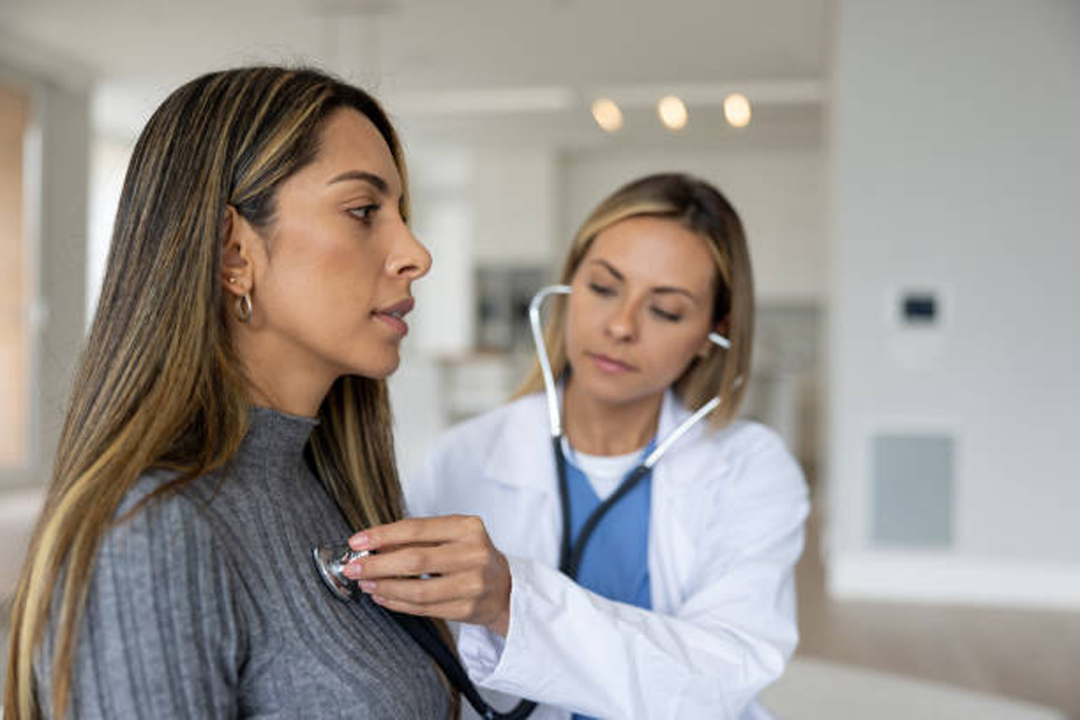
Estrogen and Progesterone are vital hormones crucial to a woman’s reproductive health and well-being. They regulate the menstrual cycle, support fertility, and contribute to various physiological processes. However, hormonal imbalances can occur, leading to low levels of estrogen and Progesterone. It can result from a multitude of factors, both physiological and environmental.
Some of the common causes include natural aging processes, such as menopause or perimenopause, where the ovaries gradually produce fewer hormones. Understanding the causes of low Estrogen and Progesterone is crucial for diagnosing and addressing hormonal imbalances, as they can significantly impact a woman’s reproductive health and overall quality of life.
Factors affecting low levels of Estrogen and Progesterone
There are various causes, and understanding these causes is crucial for effective diagnosis and treatment.
Menopause
Menopause is the most common cause of low levels of Estrogen and Progesterone in women. It is a normal part of a woman’s body getting older. During menopause, the ovaries make less of the chemicals Estrogen and Progesterone over time. Because of this, the woman’s periods become irregular and finally stop. Menopause can cause hot flashes, night sweats, mood changes, dryness in the vaginal area, and trouble sleeping.
Ovarian dysfunction
A problem with the ovaries can cause low Estrogen and Progesterone. Polycystic Ovary Syndrome (PCOS), ovarian insufficiency, and premature ovarian failure are all conditions that can make it hard for the ovaries to work as they should. In PCOS, the growth and release of eggs are disrupted by hormonal imbalances. This causes irregular menstrual cycles and less hormone output.
Ovarian insufficiency, also called premature ovarian failure, is a disease in which the ovaries stop working right before age 40. This means that the body makes less Estrogen and Progesterone.
Hormonal imbalances
Low levels of Estrogen and Progesterone can also result from an imbalance in the hormones that regulate the levels of these two hormones. Follicle-Stimulating Hormone (FSH) and Luteinizing Hormone (LH) are required for the ovaries to produce Estrogen and Progesterone.
Hypothalamic Amenorrhea is caused by hypothalamic dysfunction, and certain pituitary gland disorders can throw off the careful balance of these hormones, resulting in low levels.
Medications or treatments
Certain medications or pharmacological procedures can affect the synthesis or function of Estrogen and Progesterone. Contraceptives, such as pills, birth control pills, or intrauterine devices, prevent pregnancy by blocking the body’s hormones. Estrogen and Progesterone levels can be temporarily reduced.
Similarly, cancer treatments, such as chemotherapy or radiation therapy, can damage or kill uterine tissue. This stops the ovarian hormones, which reduce Estrogen and Progesterone levels.
Anorexia or excessive exercise
Eating less calories, or if you have eating disorders like anorexia, or exercising too much can upset hormonal balance. When a person loses weight or eats poorly, the body is unable to store energy.
This can cause low levels of Estrogen and Progesterone. These hormonal messes can lead to irregular or irregular cycles, infertility, and other health problems.
Medical conditions
Specific health problems can result from low levels of Estrogen and Progesterone. Hypothyroidism or Hyperthyroidism, thyroid diseases, can disrupt the way hormones are produced and throw off the balance of Estrogen and Progesterone.
Disorders of the adrenal glands, such as adrenal insufficiency or Cushing’s syndrome, can alter the production of hormones and cause hormonal problems.
Aging
As women age, their bodies generate less Estrogen and Progesterone. These gradual changes usually begin with menopause, before menopause, and continue until menopause. As we age, the functioning of the ovaries changes, leading to a decrease in hormone levels and a decrease in Estrogen and Progesterone.
It’s crucial to remember that various factors can cause low levels of Estrogen and Progesterone. Also, hormone instability is sometimes caused by more than one factor. Consultation with a physician is necessary for proper diagnosis and treatment. A person’s medical history can be reviewed, a physical exam performed, and specific tests ordered to determine the cause of low Estrogen and Progesterone levels.
Symptoms
Common symptoms of low levels of these hormones include, Women can have delayed periods or don’t come at all
- Feelings of heat come on quickly and strongly, often with sweating and reddening of the skin
- The vaginal area can feel dry, itchy, and uncomfortable when Estrogen levels drop
- Women may have trouble sleeping, night sweats, or sleeplessness when Estrogen and Progesterone levels are low
- Hormonal problems can cause mood swings, anger, anxiety, or sadness
- If your amounts of Estrogen and Progesterone are low, your desire to be sexual may decrease
- Some women may feel tired all the time or need more energy
Conclusion
Low levels of Estrogen and Progesterone can be caused by factors such as aging, medical conditions, lifestyle choices, and environmental factors. To diagnose and treat hormone imbalances, you need to know the cause.
If you think your Estrogen and Progesterone levels are low, you should talk to a doctor who can perform proper tests and help determine how to treat the problem. Balancing hormone levels is essential to maintaining reproductive health, managing symptoms, and improving overall health.
Comments
comments